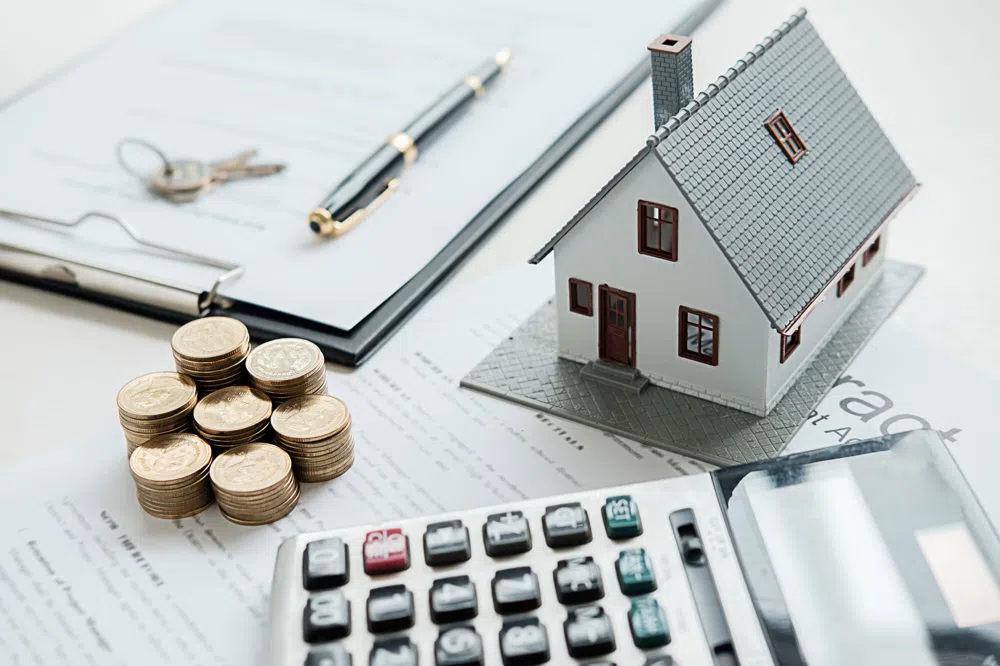Since September, mortgage rates have been on a bit of a rollercoaster. Rates dipped into the low 6% range only to surge past 7% by October’s end. If you’re feeling a bit queasy watching these fluctuations, you’re not alone. But here’s some good news: you don’t have to wait for the “perfect” rate to achieve your homeownership goals.
Mortgage rates are influenced by multiple factors, and understanding these can help you feel more in control. With a few strategic steps, you can secure the best rate possible for your situation. Let’s explore what’s behind these rate shifts and how you can still find a great deal.
What’s Behind Mortgage Rate Fluctuations?
Mortgage rates may seem unpredictable, but they’re actually influenced by a set of economic factors:
• Federal Reserve Influence: The Fed doesn’t set mortgage rates directly, but by adjusting the federal funds rate to curb inflation, it indirectly influences borrowing costs. When inflation rises, the Fed raises rates, which can increase mortgage rates.
• Economic Growth and Employment: A robust economy and low unemployment can push rates higher due to increased loan demand. On the flip side, slow economic growth can lead to lower mortgage rates to encourage borrowing.
• Financial Markets: Mortgage rates are often priced above the 10-year Treasury yield, with a “spread” to account for investor risk. If Treasury yields increase, mortgage rates tend to follow suit.
• Government Policies: Government policies supporting homeownership (like tax credits) can increase demand, which may raise mortgage rates if demand outpaces supply.
• Global Events: Political events, wars, or pandemics can impact U.S. markets, leading to rate changes as investors respond to uncertainty.
How to Plan for Monthly Mortgage Costs
Budgeting for a mortgage can be challenging with rates in flux. Here are a few ways to plan effectively:
1. Use a Mortgage Calculator: Estimate your monthly payment based on different rates and down payment amounts to see what’s manageable.
2. Account for Extra Costs: Remember, your mortgage includes more than just principal and interest—it may also cover property taxes, insurance, and PMI if your down payment is under 20%.
3. Budget for Rate Changes: Build a buffer in case rates rise before you close, ensuring your budget remains manageable.
With these steps, you can feel confident in your budget, regardless of small rate changes.
Tips for Securing the Lowest Possible Mortgage Rate
Here’s where the strategy comes in! Many recent homebuyers have secured rates well below market averages by getting creative. According to Zillow, 45% of homebuyers in the last year locked in rates under 5% through incentives, refinancing, and family assistance. Here’s how you can secure a better rate:
1. Boost Your Credit Score
Higher credit scores often translate to lower rates. Here’s how to keep your score strong:
• Pay down existing debt.
• Avoid new credit lines before closing.
• Consider rent reporting, which can help boost your score if payments are on time.
A strong credit score signals reliability, and small improvements can yield big savings.
2. Consider Mortgage Points or a Rate Buydown
Paying upfront for mortgage points can reduce your interest rate over the life of your loan. Nearly 23% of recent buyers secured lower rates through points. Builders sometimes cover this cost to attract buyers, but it’s an option for resale homes as well. Be sure to:
• Calculate the break-even point to see if long-term savings are worth the upfront cost.
• Consult a loan officer to assess if this aligns with your financial goals.
3. Explore Alternative Loan Types
Most buyers choose a 30-year fixed-rate mortgage, but other options like adjustable-rate mortgages (ARMs) or shorter-term loans can offer lower rates. ARMs start with a low rate that adjusts over time, which can be beneficial if you plan to sell within a few years. Just be mindful that rates may rise after the initial period.
4. Look Into Down Payment Assistance Programs
Saving for a large down payment can be tough, but down payment assistance programs can help. Zillow data shows that 60% of first-time buyers used assistance in the past year. This can help you get a lower rate and reduce monthly payments.
5. Negotiate with Sellers or Builders
As inventory grows, sellers and builders are more likely to offer financing incentives. In 2024, 35% of buyers scored lower rates thanks to seller concessions. Don’t hesitate to ask if they’ll contribute to closing costs or offer rate buydowns—it can make a big difference!
Final Thoughts
Mortgage rates may go up and down, but your path to homeownership doesn’t have to. By staying informed, planning wisely, and exploring creative financing options, you can navigate any market. Remember, securing the best rate isn’t about waiting for perfection—it’s about making the best decision for you, right now.
So start exploring your options, and don’t hesitate to consult with a mortgage expert. Ready to get started? Your future home awaits!


